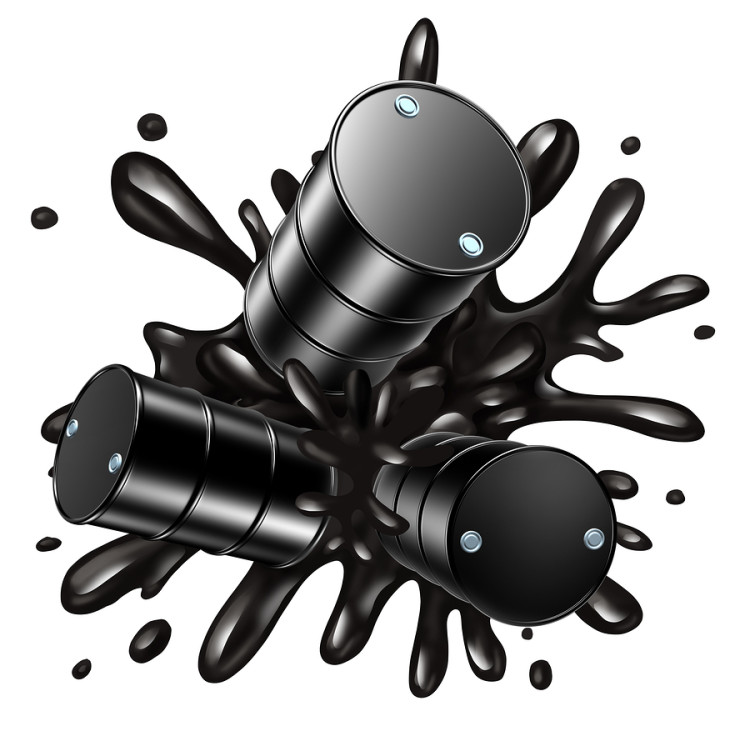Oil Bankruptcies Seen Spurring M&A on Signal Prices Near Bottom

©2016 Bloomberg News
O298J86TTDSK
(Bloomberg) — About 150 oil and gas companies tracked by energy consultant IHS Inc. may go bust as a supply glut pressures prices and punishes revenues.
The number of companies at risk is more than twice the 60 producers that have already filed for bankruptcy, Bob Fryklund, chief upstream analyst at IHS, said in an interview. A further shake out would help stimulate deals that have been on hold because buyers and sellers have disagreed on asset values, he said.
Oil has collapsed about 70 percent over the past two years as U.S. shale producers boosted output and the Organization of Petroleum Exporting Countries flooded the market with crude to drive out higher-cost suppliers. More bankruptcies would be one signal that energy prices have reached a bottom and would help kick off deals for the $230 billion worth of oil and gas assets currently up for sale, according to Fryklund.
“Nobody is buying because there is a mismatch between expectations,” Fryklund said in an interview in Tokyo. “We need to close that gap. And the way that that will happen is the rest of those bankruptcies will go forward.”
Companies that plan to make investments are likely to wait for prices to gain for six months because they want to be confident in a recovery, according to Fryklund.
‘A Little Lag’
“It usually happens as we begin to come back up on price,” he said. “There is always a little lag on timing.”
The global oil surplus that fueled crude’s decline to a 12- year low will shift to a deficit as output falls and a new bull market begins before the year is out, Goldman Sachs Group Inc. said in January. U.S. production will drop by 620,000 barrels a day, or about 7 percent, from the first quarter to the fourth, according to the Energy Information Administration.
Low prices are also spurring greater efficiency, according to IHS. Operating costs on a per barrel basis declined about 35 percent last year in North America and have dropped about 20 percent globally, according to the consultant. Crude output from North Dakota rose through most of last year and some producers in the Permian Basin in western Texas can break-even drilling oil at $35 a barrel, he said.
While IHS says U.S. production may fall by about 600,000 barrels a day this year, drillers would begin raising output again if prices averaged near $45 for about six months, Fryklund said.
“You would see the spinning starting, and the growth machine starting back up again,” said Fryklund.
To contact the reporters on this story: Aaron Clark in Tokyo at aclark27@bloomberg.net; Stephen Stapczynski in Tokyo at sstapczynsk1@bloomberg.net To contact the editors responsible for this story: Ramsey Al-Rikabi at ralrikabi@bloomberg.net







No Comment